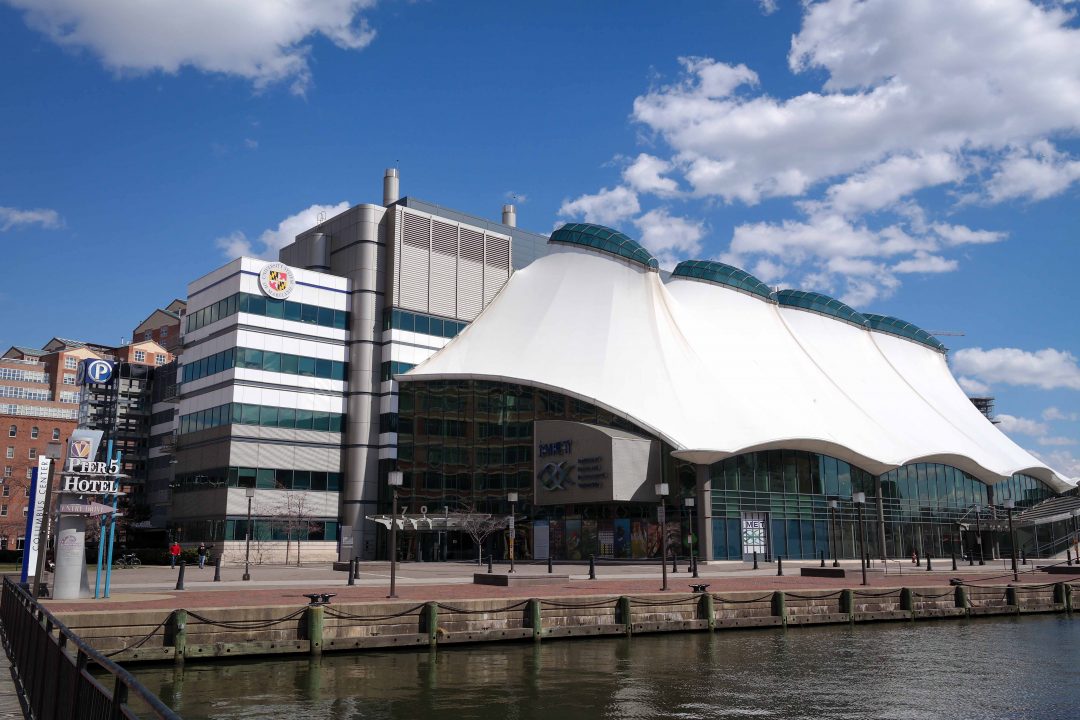On Oct. 20, the University of Maryland, Baltimore County announced on their Public Health Dashboard that they completed another week of coronavirus testing, successfully yielding zero new cases. While on the surface this number appears promising to the health and safety of our residential community, in actuality, the results paint an incomplete picture of the on-campus coronavirus situation, only accounting for a fraction of the student population.
Due to UMBC’s persistently low positivity rate, the university recently decided to switch from active surveillance testing, which includes testing the entire on-campus population of faculty, staff and students, to passive surveillance (which was employed in the most recent round of testing from Oct. 6, 2020 to Oct. 20, 2020) which entails conducting “approximately 100 tests of a random sample of residential students and a targeted sample of faculty, staff and students with in-person classes.”
Therefore, this “zero” positivity number that the university proudly touts is not only misrepresentative of the student population as a whole but it also poses health risks to our community. By taking the university’s statistics at face value, students on-campus who are asymptomatic may conclude that they and those around them are coronavirus free, thereby unwittingly infecting others and deterring the long-term progress of the university’s public health efforts.
At the same time, it is impossible to get a test on-campus, on-demand. On UMBC’s COVID-19 website, UMBC states that “at this time we are not able to have community members ‘walk-in’ for on-campus testing. We are exploring this option and will contact all those approved to be on campus if a date becomes available.” This means that students on campus without cars are out of luck. Yes, there are free tests available in Baltimore, but how are students meant to get there? Public transit? During a pandemic?
Additionally, the last campus-wide mandatory testing occurred right after Labor Day, over a month ago. Testing 100 out of around 2250 people with access to campus (including faculty and staff granted “limited access” to campus and students living in residential housing) is not enough. It doesn’t take an epidemiologist to know that UMBC could be missing hundreds of cases. Students deserve regular testing available on campus. Time and time again, public health experts have stated that the only real way to manage the pandemic is through regular testing.
According to the National Public Radio, only 6 percent of universities are routinely testing all of their students for COVID-19. UMBC is part of the other group of universities who are depending on “only diagnostic testing of symptomatic students, which many experts say comes too late to control outbreaks and understates the true number of cases,” according to the NPR piece. “Experts say that because up to 40% of people with the coronavirus do not show symptoms, frequent and rapid testing of large numbers of students is the best way to fend off major outbreaks on campuses.”
UMBC has consistently professed its dedication to protecting the health and safety of their students, but their decision to switch to passive surveillance means that they aren’t taking every possible opportunity to assess and thereby protect student’s well-being in the face of the pandemic. Whether this is an issue of cost or test availability, students deserve transparency and to be consulted about decisions that pertain to their health.
If UMBC is truly committed to protecting the well-being of their students, they need to start conducting active surveillance covid testing that screens everyone on campus. This is the only way to ensure that our campus is actually “Retriever Ready.”


